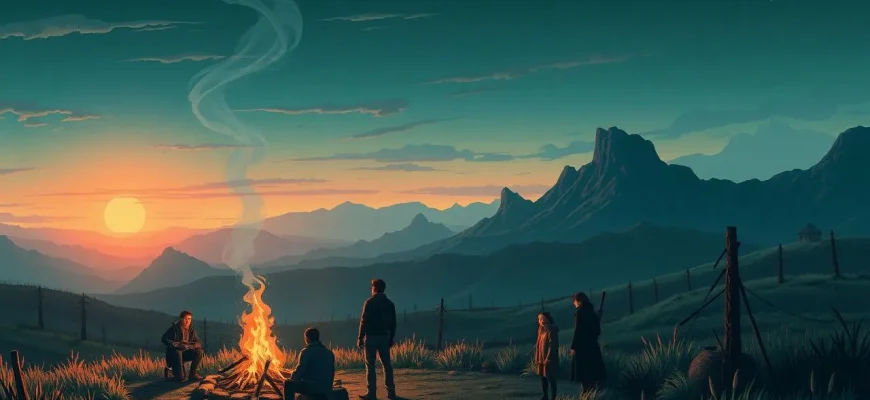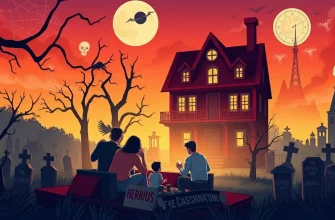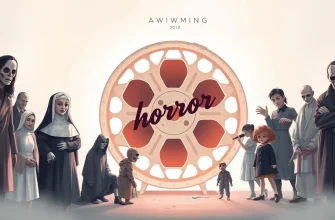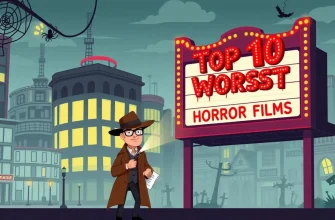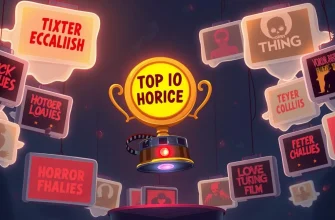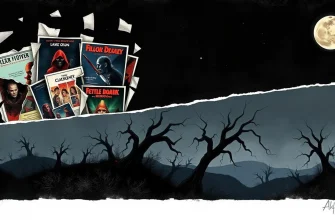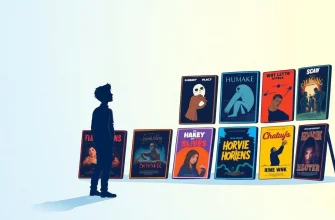While mainstream horror films often dominate the conversation, there's a treasure trove of lesser-known horror movies that deserve recognition. This curated list of 10 underrated horror films offers a mix of chilling narratives, innovative storytelling, and unique scares that have not received the acclaim they merit. These films, now available with British English dubbing, provide a fresh perspective on the genre and are perfect for those seeking something beyond the typical horror fare.
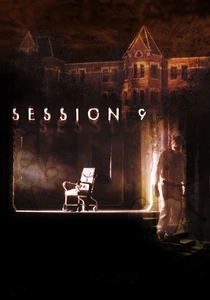
Session 9 (2001)
Description: Set in an abandoned asylum, this film uses the setting to create an atmosphere of dread and psychological horror, focusing on a group of workers whose sanity begins to unravel.
Fact: The film was shot in the Danvers State Hospital, a real-life abandoned psychiatric hospital known for its eerie history.
 Watch Now
Watch Now
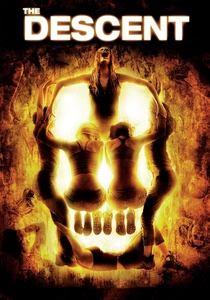
The Descent (2005)
Description: This film combines claustrophobia, survival horror, and creatures in a cave setting, delivering relentless tension and visceral scares that are often overlooked in discussions of horror cinema.
Fact: The cave scenes were filmed in real caves, adding to the film's realism and the actors' genuine discomfort.
 Watch Now
Watch Now
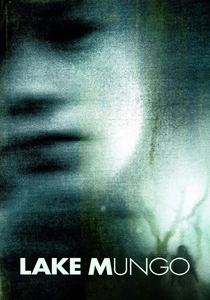
Lake Mungo (2008)
Description: Often described as a 'documentary-style' horror, this Australian film explores the supernatural occurrences following the death of a young girl. Its realistic approach to grief and the paranormal makes it deeply unsettling.
Fact: The film was shot in a mockumentary style, giving it an authentic feel that enhances its eerie atmosphere.
 Watch Now
Watch Now
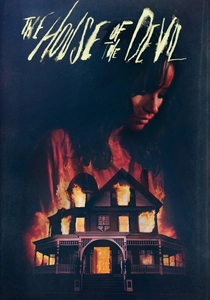
The House of the Devil (2009)
Description: A throwback to '80s horror, this film captures the era's aesthetic while delivering a slow-burn horror experience centered around a babysitting job gone horribly wrong.
Fact: The film was shot on 16mm film to give it an authentic '80s look, and the director, Ti West, used practical effects to enhance the retro feel.
 Watch Now
Watch Now

Pontypool (2008)
Description: A unique take on the zombie genre, this film focuses on a radio DJ in a small town who reports on a mysterious virus that spreads through language. Its claustrophobic setting and psychological horror elements make it stand out.
Fact: The film was adapted from the novel "Pontypool Changes Everything" by Tony Burgess, who also wrote the screenplay.
 Watch Now
Watch Now
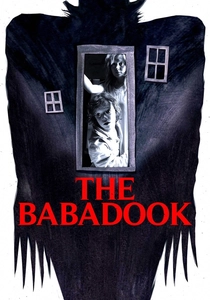
The Babadook (2014)
Description: A film that delves into the horrors of grief and motherhood, "The Babadook" uses its titular monster as a metaphor for internal struggles, making it a deeply emotional and terrifying experience.
Fact: The film's monster was inspired by the director's own childhood fears of a pop-up book.
 Watch Now
Watch Now

The Invitation (2015)
Description: This film masterfully builds paranoia and tension at a dinner party where the host's intentions are increasingly suspect. Its slow reveal and character-driven narrative make it a standout in psychological horror.
Fact: The director, Karyn Kusama, was inspired by real-life experiences of feeling out of place at social gatherings.
 Watch Now
Watch Now
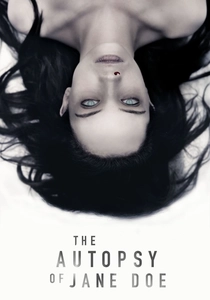
The Autopsy of Jane Doe (2016)
Description: This film is a masterclass in building tension within the confines of a single setting. It's a slow-burn horror that reveals its secrets through the meticulous process of an autopsy, making the ordinary terrifying.
Fact: The film was shot in chronological order to capture the genuine reactions of the actors as they discovered the plot alongside their characters.
 Watch Now
Watch Now

The Witch (2015)
Description: A period piece that explores witchcraft and Puritanical fears, this film's slow pace and historical accuracy contribute to its chilling atmosphere, making it a modern classic in folk horror.
Fact: The film uses authentic 17th-century English dialect, adding to its authenticity.
 Watch Now
Watch Now
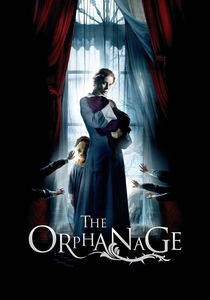
The Orphanage (2007)
Description: A Spanish horror film that blends ghost story elements with the emotional weight of loss and memory, offering a haunting narrative that's both beautiful and terrifying.
Fact: The film was produced by Guillermo del Toro, who also served as an executive producer.
 30 Days Free
30 Days Free

